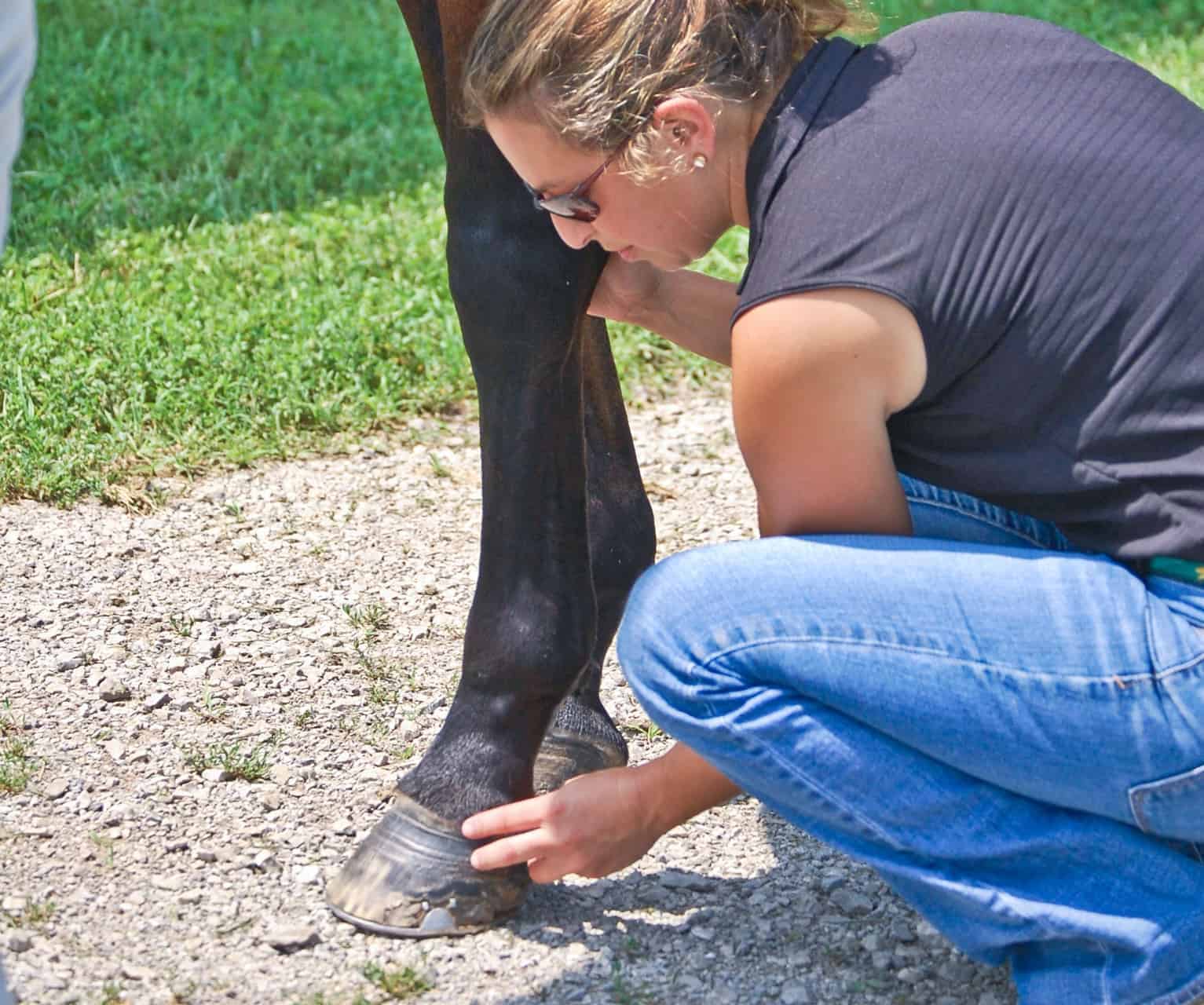Equine Ringbone: Process, Progress, and Prognosis

How veterinarians and farriers manage this degenerative arthritic condition
We’ve all been there: We wake up on our day off, which also happens to be the first day we’ve seen the sun in a week. Excitedly, we head out to the barn to tack up for a ride and, instead, find our horse favoring a foot.
Let’s say in this instance, upon closer examination, we notice heat and swelling just above the hoof or, perhaps, even a bony lump. What’s the next step—call the farrier, or call the veterinarian?
The answer is both. As it turns out, veterinarian, farrier, and owner form the optimal team to determine a treatment plan for hoof-associated issues, especially if your horse’s clinical signs lead to a ringbone diagnosis
Create a free account with TheHorse.com to view this content.
TheHorse.com is home to thousands of free articles about horse health care. In order to access some of our exclusive free content, you must be signed into TheHorse.com.
Start your free account today!
Already have an account?
and continue reading.
Written by:
Diane E. Rice
Related Articles
Stay on top of the most recent Horse Health news with











